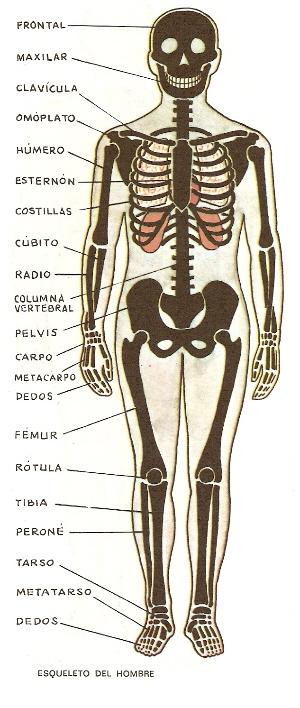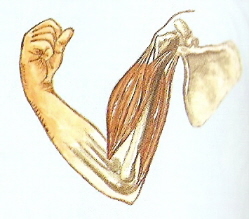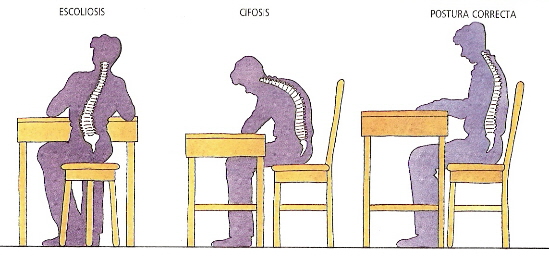
2. skeleton
The skeleton of man is 10 to 12 kilograms.
We will study the principal bones of the human being:
In the head, we distinguish:
The frontal (in the forehead and the mandible which we move when we eat or speak).
In the trunk (chest and abdomen) we have:
Clavicle (between scapula and sternum),
Scapula (wide bone that joint the humerus and clavicle),
Sternum (in front of the chest),
Ribs (which protect the lungs),
The vertebral column (with the vertebrae) and The pelvis (hip)
In the upper limbs (arms) are:
The humerus (arm), the radius and ulna (forearm), carpus (wrist), metacarpal, bones (hand) and finger bones.
In the lower limbs (legs), we distinguish:
The femur (thigh), kneecap (knee), the tibia (anterior leg bone), the fibula (posterior leg bone) and in the foot, the tarsal, metatarsal and toes bones.


